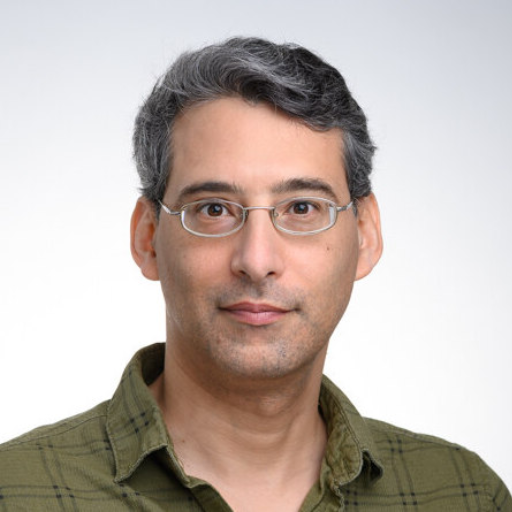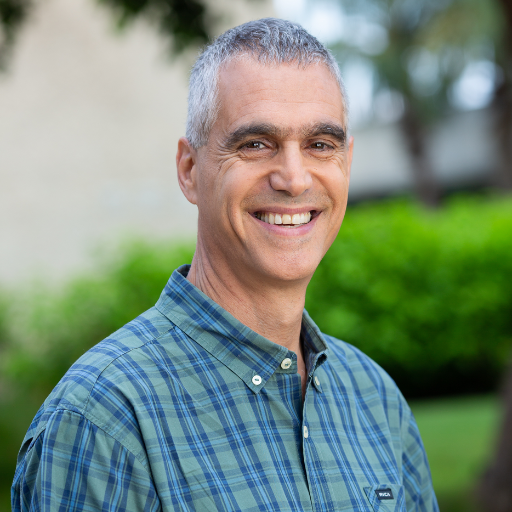
Shahar
Alon
PhD
Location
Ramat Gan, Israel
Current Organization
Bar Ilan
Biography
Dr. Shahar Alon leads the spatial genomics lab at the faculty of engineering, the brain research center and the nanotechnology institute at Bar-Ilan University. He is a new PI, with a lab established 2.5 years ago after finishing a post-doctoral training at MIT. Dr. Alon is a physicist and neuroscientist in training, and leads a multidisciplinary team with a background in engineering, physics, computer science and neuroscience, using tools from bioengineering to data science to genomics to optics. Dr. Alon’s research is focused on the importance of RNA in tissues, in health and in disease. He has created new technologies and analysis methods to measure RNA complexity. Specifically, his lab studies the 3D location of RNA molecules inside cells and tissues. This aspect is known to be important for the function of cells and tissues but was impossible to investigate due to the lack of appropriate technology. Therefore, the Alon lab built new technology to sequence RNA inside intact cells and tissues, while preserving the exact 3D location of the RNA molecules. The Alon lab team generates experimental data and deciphers the resulting data using statistical and machine learning tools. Alon lab collaborates with many labs around the world to bring new technologies and analysis tools to bear on the study of complex diseases. His lab mainly studies neurodegenerative diseases (Alzheimer’s and retinal diseases) and immune-tumor interactions using cancer biopsies from patients. Dr. Alon published over 30 papers including manuscripts in journals like Science (two publications), Cell (journal cover), Nature Methods and eLife. His work was covered by the global media, including the New York Times, Washington Post, Daily Mail, Scientific American, WIRED, The Atlantic and more. He was awarded the Life Science Research Foundation Fellowship, one of the most competitive scholarships for postdoctoral trainees in the US, and was a Howard Hughes Medical Institute Fellow between 2016 to 2019.




